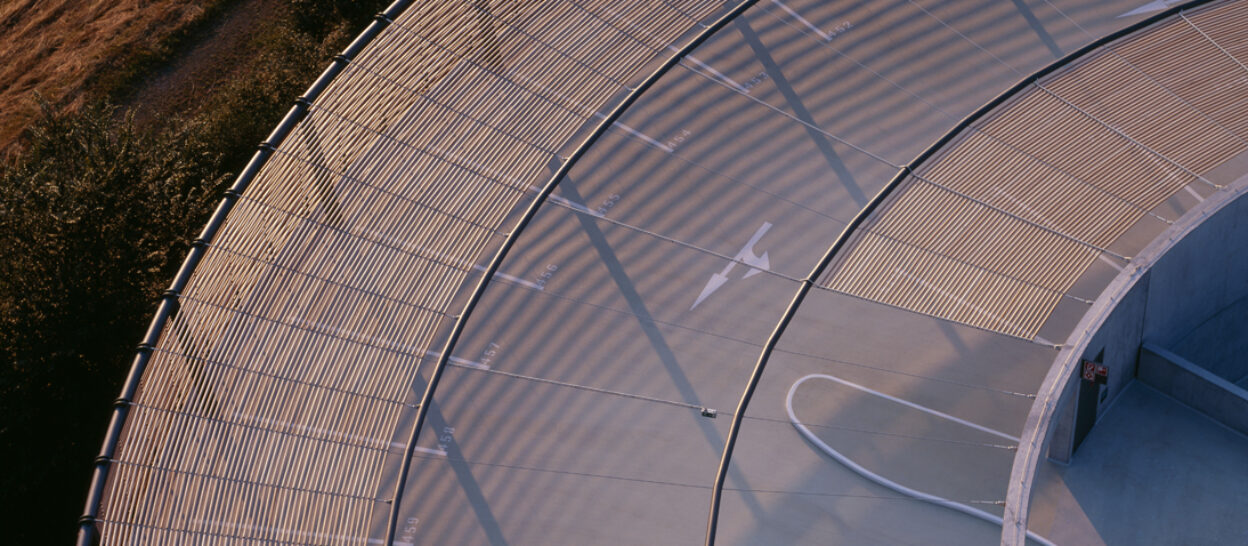
Constructing with Timber – Some Comments
Timber as a building material is becoming increasingly popular. It is even described by many as the building material of the 21st century. Is this appropriate – and realistic?

CO2 Storage
As a CO2 reservoir, wood can make an important contribution to combating climate change: Approximately one tonne of CO2 is stored in one cubic metre of used construction timber. Does this mean that as much wood as possible should be used to store as much CO2 as possible in buildings?
On the one hand, yes, precisely because wood is an excellent CO2 storage. But: Wood as a raw material is only available in clearly calculable quantities and varies greatly from region to region. Wood will therefore never be the sole building material – but it can nevertheless play a much more important role than before.
Structural Engineering in Timber construction
Minimising the masses used therefore also plays a major role in timber construction. It is up to the planning engineers to find an appropriate compromise between material use and load-bearing behaviour.
Material-intensive load-bearing structures can (and should) be replaced by dissolved structures. Such optimised beams save large amounts of material and can be recycled completely and sorted by using suitable fasteners.
Deconstruction and Reusability of Wood
Joining technology also plays an immensely important role in sustainable timber construction. A CNC-controlled manufacturing technology enables the economical use of carpenter-style connections. Initial tests on large supporting structures have shown that such structures can get by with significantly fewer metal fasteners.
In terms of deconstructability and possible reusability, this is a major advantage. In addition to classical joining technologies, new approaches such as wood welding can also be considered.
Everyday building practice shows a very broad and, above all, a very diverse use of wood as a building material. The countless individual systems (timber panel construction, cross laminated timber construction, board stack construction, etc.) impressively demonstrate the design and construction possibilities of the building material.
On the other hand, this hinders the economic implementation of generally valid construction and building methods. If wood as a building material is to pass the economic comparison with known building materials such as concrete or masonry in the long term, regulated and generally accepted construction details must be developed.

Wood – the Building Material of the Century?
With regard to recyclability, stricter care must be taken than in the past to ensure that the different components and types of wood can be more easily separated. In the case of the often unavoidable bonding of wooden elements, it must be remembered that subsequent thermal disposal may only take place in specially approved combustion plants.
When connecting e.g. timber cladding with timber substructures, it is important to weigh up whether shot nails should really be used – or whether it is better to use screw connections that allow easy separation of the timber elements even after many years.
By the way: about 50% of the wood used in Germany does not come from German forests, but from the Alpine countries, Scandinavia, Poland or Siberia.
Therefore, wood will certainly not become a building material of the century for everyone and for everything, not even in a densely forested country like Germany – as much as we might wish for it.
























